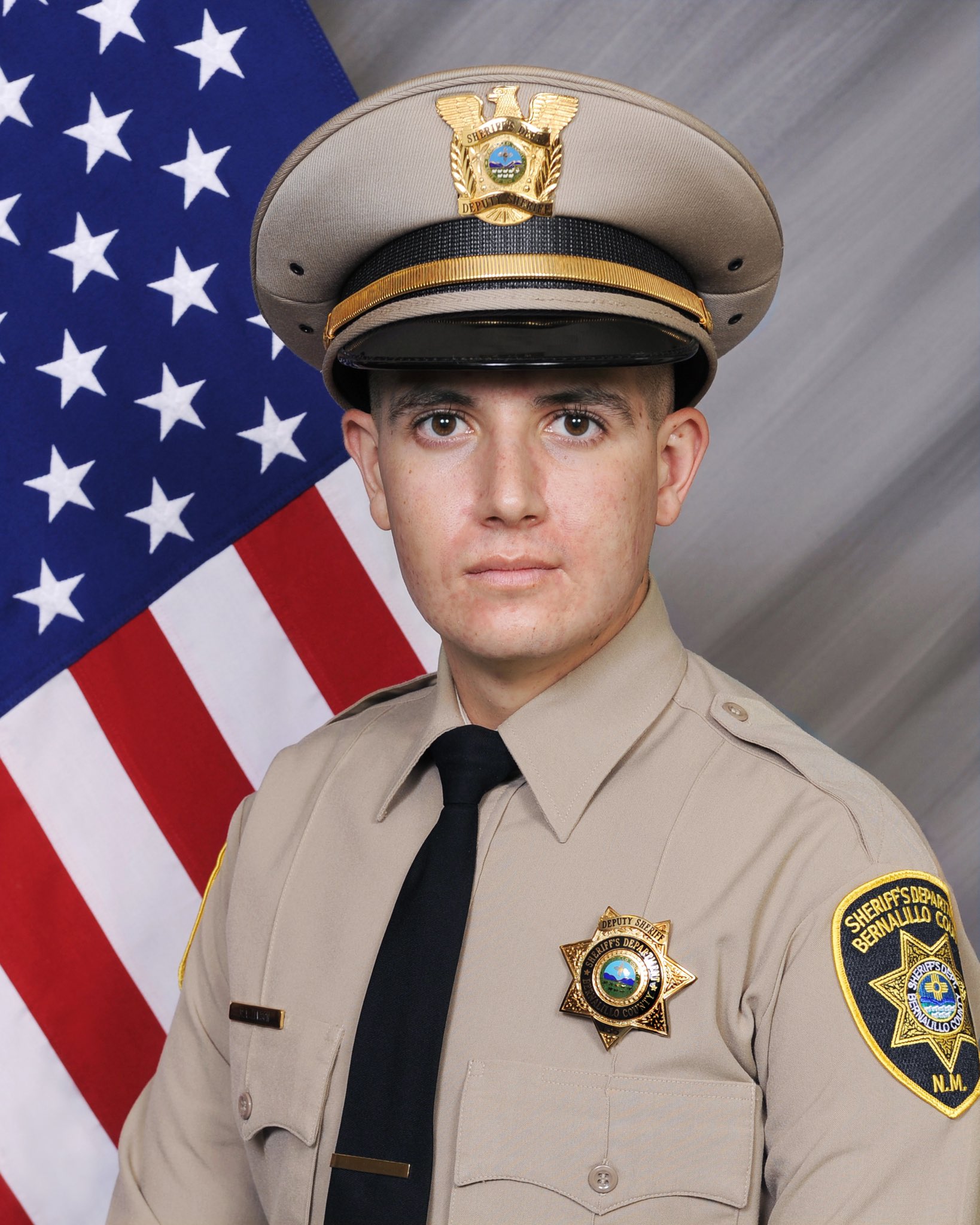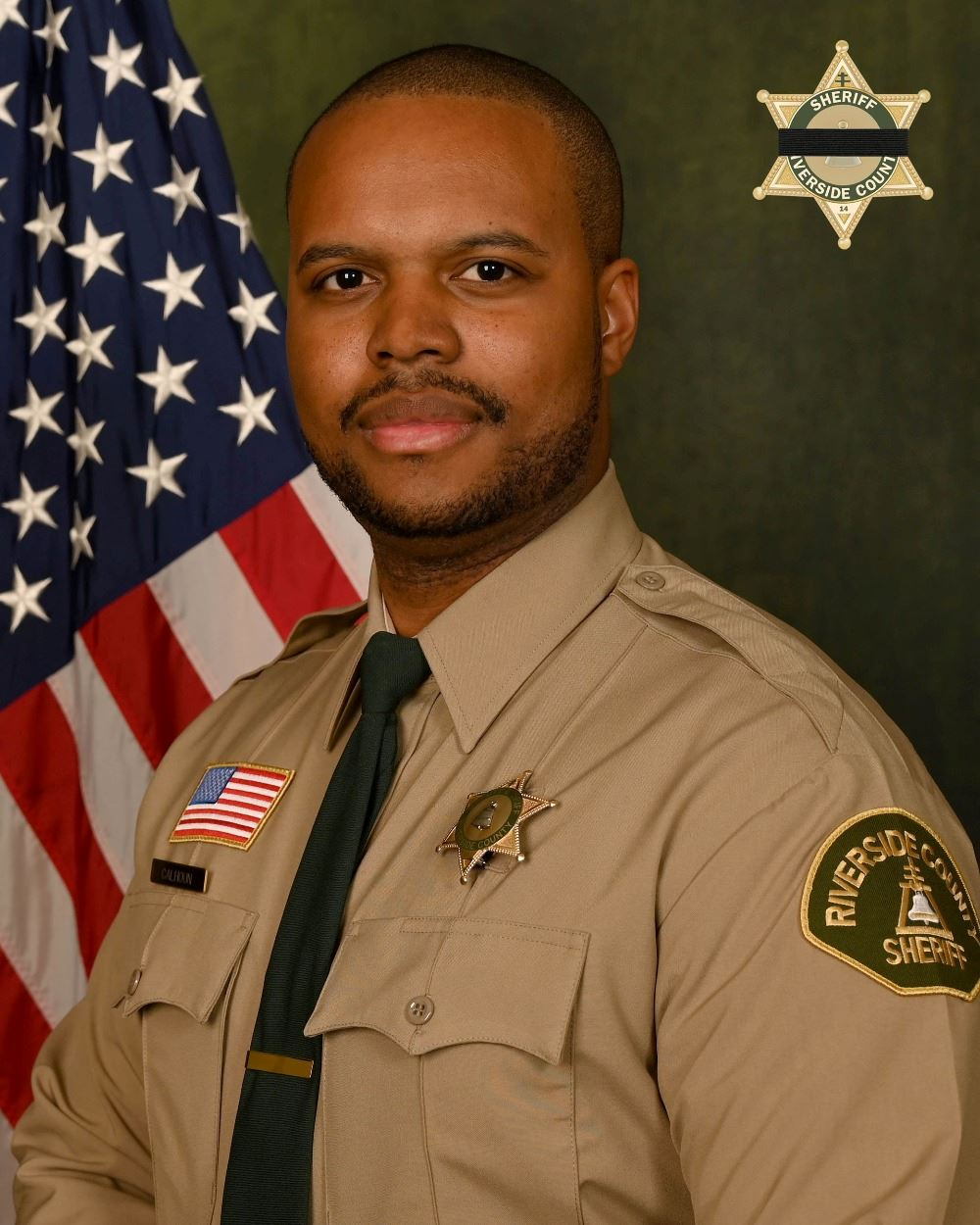The phrase "sheriff kills judge" hits you, really, with a kind of jolt, doesn't it? It sounds like something from a suspenseful movie, a headline that would stop everyone in their tracks. Just the idea of it, you know, a law enforcement officer, someone sworn to uphold order, being involved in something so utterly disruptive to the very core of our justice system, it sparks a whole lot of questions. It makes you wonder about the layers of authority, the different uniforms, and the people behind them.
When you hear something like that, your mind might go to all sorts of places. Is it about a local incident, or something bigger, maybe even federal? It brings up thoughts about who does what in the world of keeping the peace and making sure rules are followed. There are so many different groups with badges and guns, and it's easy to get them mixed up, to be honest.
So, we're going to take a look at some of these roles, the ones you hear about, like the police, the sheriff, and the marshal. We'll explore what they do, where they work, and how they fit into the bigger picture, especially when you think about the courts and judges. It's almost like peeling back the layers of a very important system, just to get a better grasp of it all.
Table of Contents
- What's the Big Deal About a Sheriff Killing a Judge?
- So, What Exactly Does a Sheriff Do?
- How Does a Sheriff's Role Differ from a Police Officer's?
- What About Those US Marshals, Like in 'Justified'?
- Could a US Marshal Be Involved in a Situation with a Sheriff Killing a Judge?
- Why Is a Judge's Safety So Important to the Sheriff and Marshal?
- Who Steps In If a Sheriff Kills a Judge?
- The Justice System's Layers: Police, Sheriff, Marshal
What's the Big Deal About a Sheriff Killing a Judge?
When you hear a phrase like "sheriff kills judge," it really makes you pause, doesn't it? It's not just a shocking set of words; it suggests a breakdown of order at a very fundamental level. A sheriff, you know, is a person who represents the law, someone who is supposed to keep things safe and orderly within their county. A judge, on the other hand, is the head of the court, the one who interprets the rules and makes sure justice happens. So, the idea of one harming the other, it's just a complete reversal of what we expect from the system. It suggests a deep trouble, a kind of chaos that goes against everything the justice system is built upon. It would, in some respects, shake the very foundations of trust people place in those who uphold the law and those who interpret it. It's pretty much a situation that would demand immediate and serious attention from every corner of the legal and public world.
So, What Exactly Does a Sheriff Do?
A sheriff, you know, typically operates at the county level. Think of a county as a big geographic area that includes cities and also places outside of cities. The sheriff's office has a bunch of responsibilities, and they can vary a bit from one county to another. Generally, though, a sheriff is in charge of the county jail. They manage the people held there, ensuring their safety and security. They also handle court security for the local courts, like the county courthouse. This means making sure everyone in the courtroom is safe, including the judge, the jury, and the public. You might also see them serving legal papers, like summonses or warrants, which are official documents that tell someone to appear in court or allow officers to search a place. In some areas, especially the parts of the county that aren't inside a city, the sheriff's deputies act like the regular police, responding to calls, investigating crimes, and making arrests. So, their job is pretty broad, covering both law enforcement on the streets and keeping things running smoothly within the court system and the jail. It's a role that, really, has a lot of different pieces to it, making it quite important to the daily workings of a county.
How Does a Sheriff's Role Differ from a Police Officer's?
It's a good question, this difference between a sheriff and a police officer, because they both wear badges and carry guns, right? But their areas of operation are actually quite distinct. A police officer, you know, works for a city or a town. Their job is to keep the peace within those city limits. They respond to emergencies, investigate crimes like theft or assault, patrol neighborhoods, and enforce traffic laws, all within their city's boundaries. So, if something happens inside a city, it's usually the city police who handle it. A sheriff, on the other hand, as we just talked about, works for the county. Their jurisdiction covers the entire county, including the cities within it, but their primary focus for general law enforcement is often the unincorporated areas, the places outside of any city's official limits. Moreover, the sheriff's duties also include running the county jail and providing security for the county courts, which city police typically don't do. So, while both are about law and order, their geographic reach and specific responsibilities are pretty different. It's almost like one is focused on a smaller, defined area, while the other looks after a much larger, broader region, with some unique tasks tied to the legal system.
What About Those US Marshals, Like in 'Justified'?
You know, if you've seen shows like "Justified," you get a glimpse into the world of the US Marshals, and it's quite a fascinating one. The show's main character, a US Marshal, really gives you a sense of what they do. As the information I have mentions, a US Marshal is a federal officer. This means they work for the national government, not a local city or county. They carry a weapon, they can use lethal force when necessary, and they often don't wear a traditional police uniform, which sets them apart visually from your local police or sheriff's deputy. A key part of their work, too, is that they are closely tied to the federal court system. They work with the courts, providing security for federal judges and courthouses, and transporting federal prisoners. They are also known for tracking down and apprehending fugitives, people who have warrants for their arrest, especially those who have crossed state lines to avoid capture. They also manage witness protection programs, making sure people who testify in important cases stay safe. So, their scope is much broader than local law enforcement, dealing with federal crimes and federal judicial matters. It's a very specific and, in some respects, very important role in the overall justice picture, particularly when it comes to national-level legal proceedings.
Could a US Marshal Be Involved in a Situation with a Sheriff Killing a Judge?
That's a very interesting thought, whether a US Marshal might get involved if a sheriff were to harm a judge. You know, it really depends on the specifics of the situation, but there are ways it could happen. If the judge in question was a federal judge, then a US Marshal would definitely be involved, as their primary role includes protecting federal judicial officers and federal courthouses. If the judge was a state or local judge, it gets a bit more complex. However, if the act of a sheriff harming a judge involved a federal crime, perhaps crossing state lines, or if there was a federal investigation initiated for some reason, then the US Marshals Service, along with other federal agencies like the FBI, could certainly step in. They have the authority to investigate federal crimes, and an act of violence against a judicial officer, regardless of their specific court, could potentially draw federal attention, especially if it points to a wider conspiracy or a threat to the judicial system as a whole. So, while their direct jurisdiction might not immediately apply to a local sheriff and judge, the nature of the act itself could bring them into the picture, making it, arguably, a situation that could involve multiple levels of law enforcement.
Why Is a Judge's Safety So Important to the Sheriff and Marshal?
The safety of a judge is, you know, absolutely critical, and it's something both sheriffs and marshals take very seriously, though for slightly different reasons based on their roles. A judge represents the rule of law itself. They are the person who ensures fairness in court, interprets the laws, and makes decisions that affect people's lives and the functioning of society. If a judge isn't safe, if they can be threatened or harmed, then the entire idea of an impartial and independent justice system begins to crumble. For a sheriff, who often provides security for the county courthouse and local judges, keeping the judge safe is a direct part of their daily duties. They are there to protect the court, and the judge is the head of that court. For a US Marshal, the importance is equally high, but on a federal level. They protect federal judges, who handle cases of national significance. Any threat to a federal judge could be seen as a threat to the federal government's ability to administer justice. So, for both, ensuring a judge's safety is not just about protecting an individual; it's about protecting the very integrity and operation of the legal system that they are sworn to uphold. It's, basically, about keeping the scales of justice balanced and secure for everyone.
Who Steps In If a Sheriff Kills a Judge?
If something as profound as a sheriff harming a judge were to happen, the question of who investigates and steps in becomes very important. You know, this isn't a simple local matter. Given the severity and the high-profile nature of such an event, it would immediately trigger a response from multiple agencies. Typically, a state-level law enforcement agency, like the state police or the state bureau of investigation, would take the lead in the investigation. They would step in to ensure an impartial inquiry, as local agencies might have conflicts of interest or be too close to the individuals involved. If the act occurred on federal property, or if it involved a federal judge, or if the crime crossed state lines, then federal agencies such as the Federal Bureau of Investigation (FBI) would almost certainly become involved. They have the resources and jurisdiction to handle complex, high-stakes cases. It's also possible that a special prosecutor or an independent body might be appointed to oversee the legal proceedings, just to ensure fairness and public trust. So, it's not just one group; it's a layered response designed to handle a situation that would, quite frankly, shock the entire legal community and the public. It would be, really, a huge undertaking to sort out.
The Justice System's Layers: Police, Sheriff, Marshal
As we've seen, the system of law enforcement in the United States has quite a few layers, with police, sheriffs, and marshals each playing distinct, yet sometimes interconnected, roles. The city police are your local responders, keeping order within urban areas. The sheriff's office handles county-wide responsibilities, including jails and local court security, and general law enforcement in unincorporated zones. Then you have the US Marshals, who operate at the federal level, focusing on federal courts, fugitive apprehension, and witness protection. The information I have, for example, highlighted how a US Marshal, like the one in "Justified," can carry a weapon, use force, and works closely with the courts, but for federal matters. Each of these groups has its own set of duties and its own jurisdiction, meaning the specific areas or types of cases they are responsible for. Understanding these differences helps us make sense of how law and order are maintained across different levels of government, from your neighborhood streets all the way up to national legal matters. It's a system that, in a way, tries to cover all the bases, ensuring that rules are followed and justice is served, no matter where you are or what the situation might be.
This article explored the significant implications of a phrase like "sheriff kills judge," not by detailing a specific event, but by using it as a lens to examine the distinct yet sometimes overlapping roles of various law enforcement agencies in the United States. We looked at the responsibilities of city police, county sheriffs, and federal US Marshals, drawing from insights about the US Marshal's role, including their authority, attire, and connection to the courts. The discussion highlighted the critical importance of a judge's safety to the integrity of the justice system and considered which agencies would typically respond to an event of such grave nature. Ultimately, the piece aimed to clarify the layered structure of law enforcement and its relationship to the judiciary.



